Hadong Tea Museum (하동야생차박물관)
0m 21663 2022-08-05
571-25, Ssanggye-ro, Hadong-gun, Gyeongsangnam-do
+82-55-880-2956
The Hadong Tea Museum is located at the foot of Jirisan Mountain in Hadong, Gyeongsangnam-do. It aims to promote the tea culture of the area, the first tea producer in the nation, while advertising the quality and superiority of Hadong green tea. The center is located adjacent to the tea farming area and Ssanggyesa Temple, one of the most famous tourist attractions in Korea.
The museum features an exhibition hall explaining the history and culture associated with Korean tea, and an experience hall where visitors can enjoy hands-on programs like making tea and learning traditional tea etiquette, as well as a shop selling high-quality tea produced in the region. Every year, the museum also hosts the Hadong Wild Tea & Culture Festival every year.
Burilpokpo Falls (불일폭포)
1.3 Km 46440 2024-02-08
103 Mogap-gil, Hwagae-myeon, Hadong-gun, Gyeongsangnam-do
Situated 720 meters above sea level, Burilpokpo Falls stands as the tallest waterfall on Jirisan Mountain, boasting a x_height of 60 meters and a x_width of 3 meters. It features a distinctive two-tier structure, with the enchanting Yongchumot and Hangmot Ponds nestled below, adding to its profound natural allure. Conveniently located just 3 kilometers from Ssanggyesa Temple, it's an ideal spot to visit following a trip to the temple.
Hadong Ssanggyesa Temple (쌍계사(하동))
2.0 Km 37157 2024-03-08
59 Ssanggyesa-gil, Hadong-gun, Gyeongsangnam-do
Ssanggyesa Temple was founded on the southern foothills of Jirisan Mountain in 722 during the reign of Silla King Seongdeok. The temple is famous for the 6-kilometer stretch of cherry blossom trees that bloom each spring. The temple was originally called Okcheonsa Temple, but was changed to the current Ssanggyesa Temple in 887. The current temple buildings were all built in 1632, after having been burned down during the Imjin War (1592-1598). The temple grounds and nearby area feature many historic and beautiful attractions, including Burilpokpo Falls and a large tea plantation.
Hadong Wild Tea Cultural Festival (하동 야생차문화축제)
2.9 Km 25614 2023-05-17
571-25, Ssanggye-ro, Hadong-gun, Gyeongsangnam-do
• 1330 Travel Hotline: +82-2-1330 (Korean, English, Japanese, Chinese) • For more info: +82-55-880-2052~4
Hadong Wild Tea Cultural Festival is held every May in Hadong, where tea cultivation started approximately one thousand years ago. Grown in an area with the perfect conditions for tea cultivation, the green tea from Hadong was called “the King’s green tea.” Hadong Wild Tea Cultural Festival offers visitors various exhibitions and programs with high-quality teas.
Simni (10-ri) Cherry Blossom Road (십리벚꽃길)
3.2 Km 2228 2020-08-19
142, Hwagae-ro, Hadong-gun, Gyeongsangnam-do
+82-1588-3186
Simni (10-ri) Cherry Blossom Road in Hwagae is famous for its beautiful views in spring. It is believed that if a young couple walks down this road holding hands, they will be together for one hundred years. For this reason, the road is sometimes referred to as the “wedding road.”
Jirisan National Park (Hadong Section) (지리산국립공원(하동))
3.4 Km 24077 2021-06-24
Hwagae-ro, Hadong-gun, Gyeongsangnam-do
+82-55-883-1750
Designated as the first national park in Korea on December 29, 1967, Jirisan National Park stretches out over 483.022 square kilometers, making it the largest national park among all 22 national parks. It covers Korea’s three southernmost provinces; Gyeongsangnam-do, Jeollanam-do, and Jeollabuk-do, one city, four counties, and 15 districts of eup and myeon. The area in Gyeongsangnam-do has many temples including Ssanggyesa Temple and Chilbulsa Temple, as well as valleys, falls, and other tourism resources.
Hadong Hwagae Market (하동 화개장터)
4.7 Km 40032 2019-07-31
15, Ssanggye-ro, Hadong-gun, Gyeongsangnam-do
+82-55-880-6051
Hwagae Market is one of the five biggest traditional market, which once flooded with people. It also appears as the background setting in Kim Dong-ri's novel, Yeokma (which means stagecoach in English). The market is one of the most visited attractions along with Ssanggyesa Temple and Jirisan Mountain due to it's location near a cherry blossom path. A market that offers a variety of local products and delicacies, you could count the number of markets of this scale in Korea on one hand.
Gabiwon Motel [Korea Quality]가비원모텔[한국관광 품질인증]
4.7 Km 0 2023-09-12
13 , Ssanggye-ro, Hadong-gun, Gyeongsangnam-do
+82-55-883-3699, +82-10-3889-6663
Gabiwon Motel stands near the entrance to the famous Hwagae Market in Hadong-gun, Gyeongsangnam-do - at the place where Hwagaecheon Stream, flowing down from Jirisan’s Banyabong Peak, meets the Seomjingang River. Hwagae offers excellent natural scenery, including kudzu flowers that bloom even in snowy winter. Nearby attractions include Chilbulsa Temple, Ssanggyesa Temple, Sibaeji Dajeong (where tea was first planted in Korea), and Seiam Rock.
Samseonggung (삼성궁)
5.4 Km 56428 2024-02-21
86-15 Samseonggung-gil, Cheongam-myeon, Hadong-gun, Gyeongsangnam-do
Samseonggung is a Taoist shrine located at 850 meters above sea level on Jirisan Mountain. It serves as a spiritual hub for practicing Sinseondo, embodying traditional Korean culture. In 1983, Kang Min-ju (Taoist Priest Hanpul), along with his disciples, restored the sodo, a sacred altar from the Gojoseon period. This shrine stands as a revered sanctuary, honoring the primal ancestors of the Korean people: Hwanin (Lord of Heaven), Hwanung (Supreme Divine Regent), and Dangun (legendary founder of Gojoseon).
Gurye Yeongoksa Temple (연곡사 (구례))
5.8 Km 26862 2021-02-09
774, Piagol-ro, Gurye-gun, Jeollanam-do
+82-61-782-7412
Yeongoksa Temple is located in Naedong-ri, Gurye-gun and was constructed in 543 by Yeongi, a high Buddhist monk, who also helped create Hwaeomsa Temple. The temple was destroyed during the Imjin War (1592-1598) and the Korean War. In spite of the damage, the temple has continued to house two national treasures and four treasures. Starting from March 1, 1981 with the original Beopdang Hall, the temple began to be rebuilt due to the efforts of the leading monk at the time, Chang Sungbu.
Acording to legend, Yeongi discovered a pond in the current sanctuary area when reading about the land's topography. While he was looking at the middle of the pond, one swallow flew from a whirlpool. After that, the pond began to dry up and the place was then used for the temple. As such, the name Yeongok refers to the phenomenon of "Yeon," a swallow, and "Gok," a valley. There is a memorial plaque for Go Gwang-sun, a patriotic leader who fought against Japanese power during the Japanese colonization period while taking shelter at Yeongoksa Temple

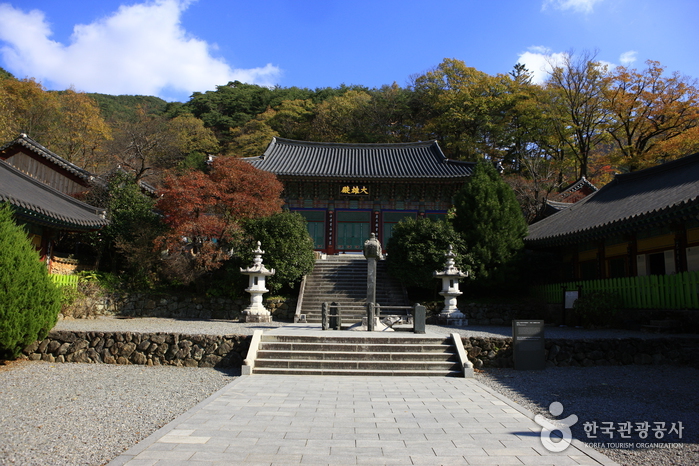
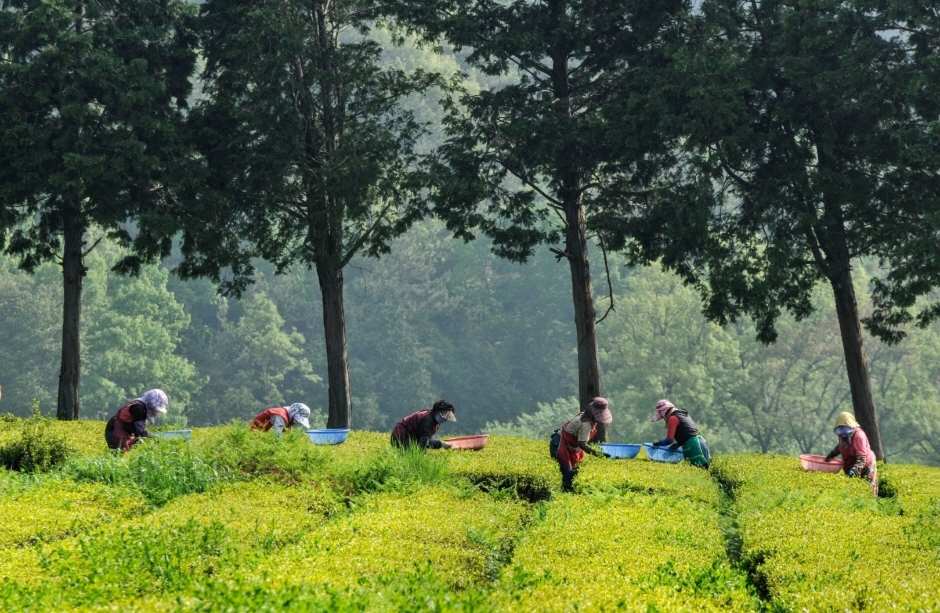
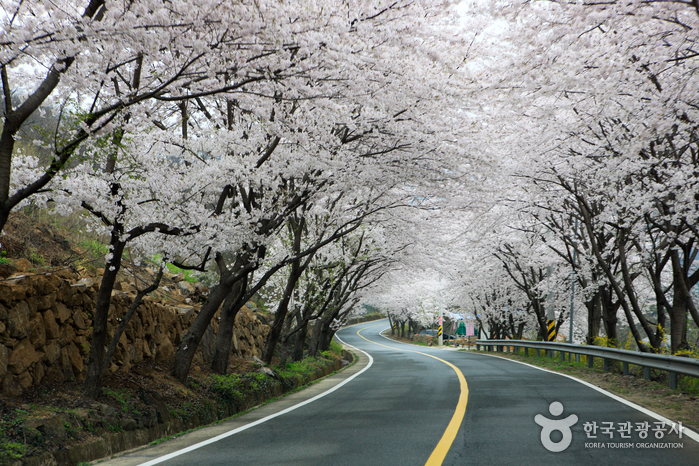
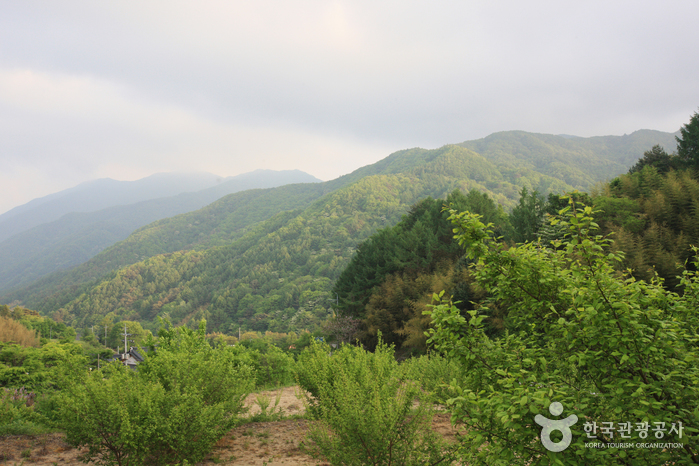
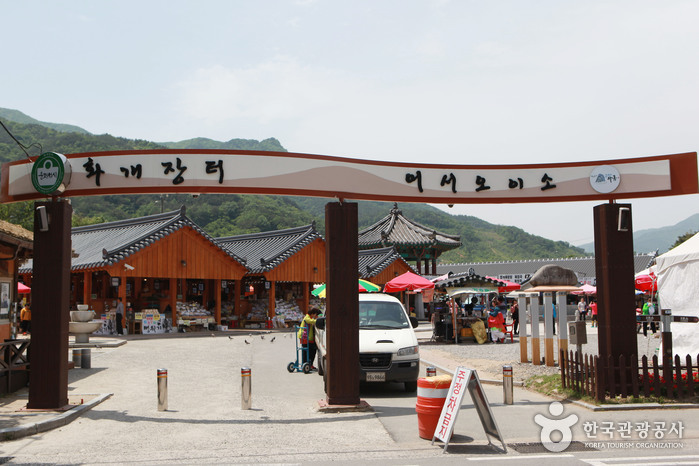
![Gabiwon Motel [Korea Quality]가비원모텔[한국관광 품질인증]](http://tong.visitkorea.or.kr/cms/resource/67/3009367_image2_1.jpg)
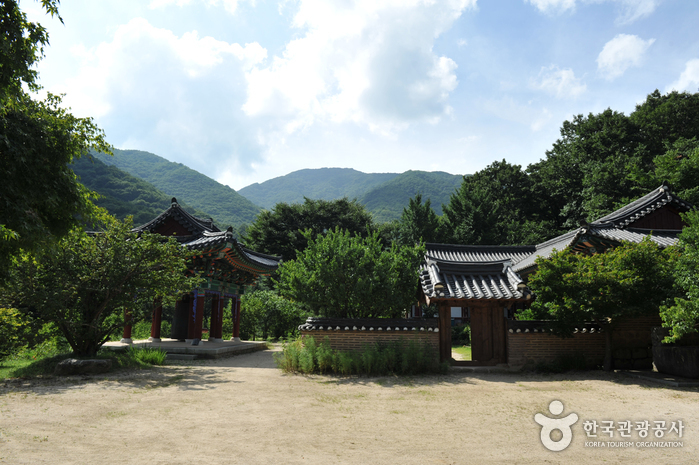
 English
English
 한국어
한국어 日本語
日本語 中文(简体)
中文(简体) Deutsch
Deutsch Français
Français Español
Español Русский
Русский